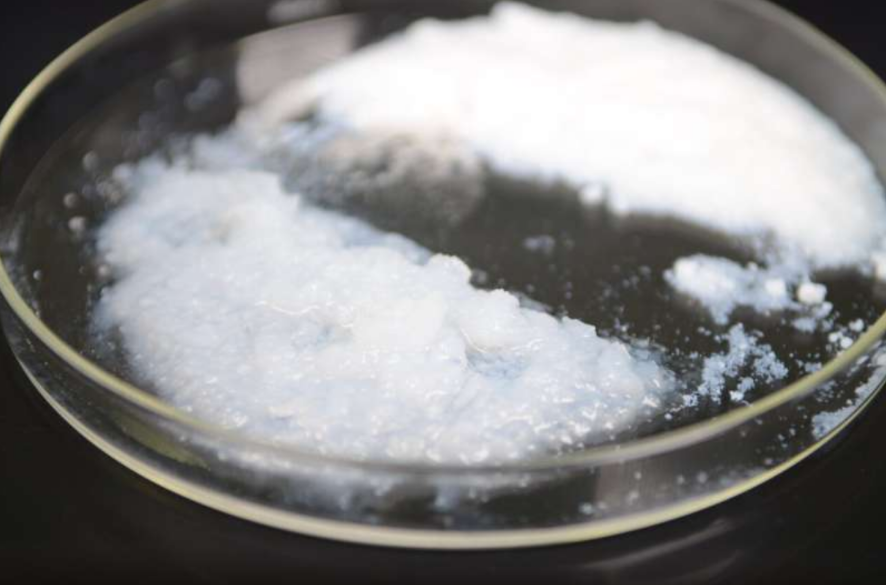
Exhibition time: 17-19 March, 2026 Shanghai, China
 中文
中文

Exhibition time: 17-19 March, 2026 Shanghai, China
 中文
中文

For the first time, the effects of silicon fertilization on wheat yields were investigated for a study led by the Leibniz Center for Agricultural Landscape Research (ZALF) and published in the journal Science of the Total Environment.
In a field trial in Brandenburg, the plants formed significantly more biomass: Yields increased by 80% compared to conventionally farmed areas. The sequestration of carbon in the soil and the availability of water also improved significantly as a result of fertilization. In the future, this could improve the plants' robustness to drought episodes.
To ensure the supply of food for a growing world population, agricultural production must grow while remaining ecologically sustainable. Either the yield per area must therefore increase, or the area under cultivation must be increased without increasing the energy required for cultivation. Current agricultural practices often rely on high levels of fertilizer which is not sustainable.
The research results from a group, led by Dr. Jörg Schaller, show that fertilizing the field with so-called "amorphous silicate" can increase both nutrient and water availability in the soil. Compared to the control, wheat yield increased by more than 80% on land fertilized with one percent silicon in an experiment on marginal land.
In particular, the ability to store water can open up new potentials: Like a sponge, amorphous silicate attracts water molecules that accumulate in a gel shell around the silicate core. "If the top 20 centimeters of the soil layer have 1% more silicate, we have about 40% more plant-available water," says Jörg Schaller, describing the results of his experiments. In a drought, this additional water could be life-supporting for the plant until the next downpour and thus reduce crop losses.
Better plant growth, more carbon sequestration
Due to the improved water availability in the soil, the plant biomass doubled after silicon fertilization. As a result, more biomass is formed and yields increase. Due to the increased biomass production, more organic carbon also enters the soil in the form of straw, which is fixed there, thus improving the soil.
"Natural, little-affected soils contain 6% to 7% amorphous silicate," Schaller explains. Plants accumulate these highly reactive silicon compounds, which result from the weathering of rocks, as so-called plant opals in their stems and leaves. Here they lend stability and also ward off predators. "Anyone who has ever cut themselves on cutting grass knows what is meant," Schaller says.
In natural systems, the compounds pass back into the soil as soon as the plant dies and rots. On agricultural land, this cycle is interrupted. Cereals in particular absorb large amounts of silicon from the soil through their roots and store it as amorphous silicates in the biomass. With the harvest, some of it then disappears again from the cycle and the soil. Agricultural soils that had been used for decades or centuries gradually became depleted. Today, they have only a fraction of the original content of amorphous silicate—usually less than one percent.
Risks must be analyzed further
More research is needed, however, especially on possible negative effects. For example, if too much amorphous silicate is applied to the field, large quantities of nutrients could be released in a short time. In the worst case, the nutrients are washed out and enter water bodies, where the development of algae could be stimulated.
In any case, silicon fertilization is a one-time measure to replenish soil supplies. Once applied to the soil, the effects of fertilization should last for several decades. Overall, silicon fertilization could provide a more sustainable and environmentally friendly option for crop production while mitigating climate change.
Source:phys.org